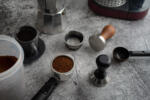Whether you are new to coffee or have been drinking coffee your whole life, you might notice that some of your coffee beans are labeled Arabica or Robusta.
Did you know that there are over 100 species of coffee available? Arabica and Robusta are just two different coffee species, the most commonly cultivated beans for coffee lovers.
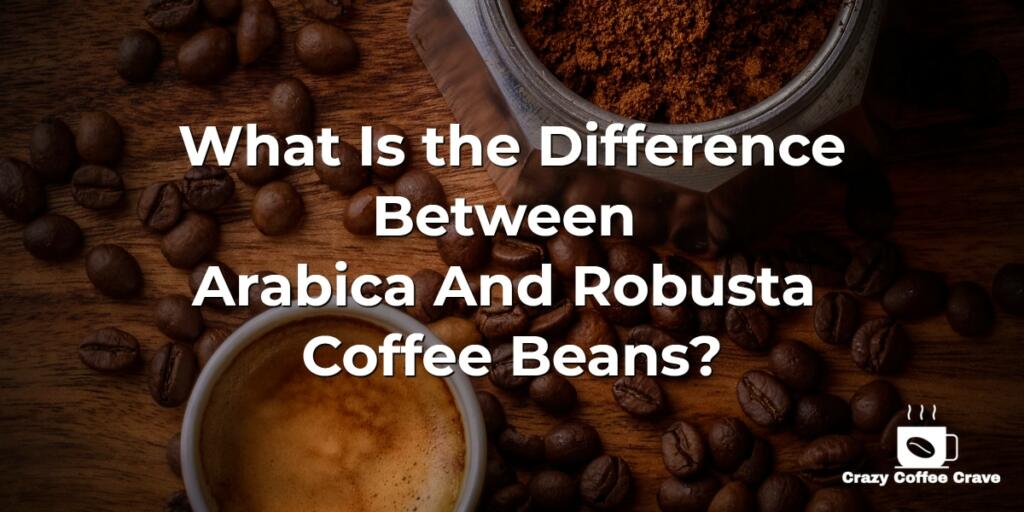
Today we will compare the two favorite types of coffee beans: Arabica and Robusta.
Arabica vs. Robusta: A quick outline
Before we provide you with a breakdown of the beans, here is some brief information on each of the varieties.
- It must be cross-pollinated. This means that robusta blossoms must be pollinated by pollen from a different plant with a different genetic composition. Arabica is a self-pollinating plant.
- It matures more quickly. Robusta bears fruit in about two years. It takes about four years to grow arabica.
- It has more caffeine. Robusta contains twice as much caffeine (or more) than arabica.
- Distinctive flavor. Robusta has a more bitter flavor than arabica. The higher caffeine content contributes to the bitter flavor. It also contains more chlorogenic acid (CGA), which has a bitter taste. It contains approximately 7-10% CGA, whereas arabica contains approximately 5.5-8% CGA. Robusta also has about half the sugar content. As a result, robusta tastes earthy, grainy, and harsh, with hints of burnt wood/rubber and a peanut aftertaste.
- It is more tenacious. The robusta plant is hardier. It can survive higher temperatures and performs well in direct sunlight. In addition, robusta is more pest and disease resistant than arabica due to its higher caffeine and chlorogenic acid content.
- Increases output. The robusta plant yields more coffee per hectare than the arabica plant.
- It is less expensive. Robusta matures faster, is more resilient, and produces more than arabica, making it less expensive to grow. Because of these factors and the less desirable flavor, robusta is less expensive to purchase, so some brands will use it as a filler, blending it with Arabica beans.
- The size and color of beans vary. Robusta beans are typically smaller, thicker, and rounder in shape than arabica beans. They’re also a little darker when they’re raw.
- It is younger. Robusta was discovered about a century after arabica, making it the world’s youngest crop.
- The leaves are bigger. The robusta coffee plant has larger leaves than the arabica coffee plant.
- It is cultivated in the eastern hemisphere. Robusta is primarily grown in the eastern hemisphere, while arabica is primarily grown in South America.
- Has a smaller number of chromosomes. Robusta contains 22 chromosomes, while Arabica contains 44.
Detailed version
coffee beans is oval and flat, and their taste is lighter, smoother, and sweeter. In addition, more oils exist in the beans, allowing them to pack more zesty, fruity, and sweet flavors. Out of all coffee produced in the world, about 75% of the beans are Arabica,but these are relatively expensive to purchase.
Robusta beans are smaller and rounder while packing a stronger, bitter, and more powerful taste. Robusta beans are not full of oil and often have more natural and heavier flavors. 25% of the coffee in the market is Robusta, but it is inexpensive compared to Arabica beans.

Origins and distribution
Robusta has long been Arabica’s uglier sister, but new research suggests this is not the case. Instead, it turns out that Robusta is its biological parent! Scientists determined that somewhere in southern Sudan, Robusta mixed with another species called Coffea euginoides, giving birth to a new hybrid: Arabica, by decoding its genome.
Nonetheless, Arabica was likely the first to be consumed, initially in its wild forms blooming in Ethiopia’s gloomy jungles and subsequently domesticated. Cultivations spread fast across the Red Sea to their Arabian neighbors, who attempted to monopolize the coffee trade.
Coffee farming took over the plains and mountainsides of the equatorial region between the Tropics of Cancer and Capricorn, now known as the Coffee Belt, as the stimulating drink became more popular. Seed and plant smugglers could not be stopped, and coffee farming took over the plains and mountainsides of the equatorial region between the Tropics of Cancer and Capricorn.
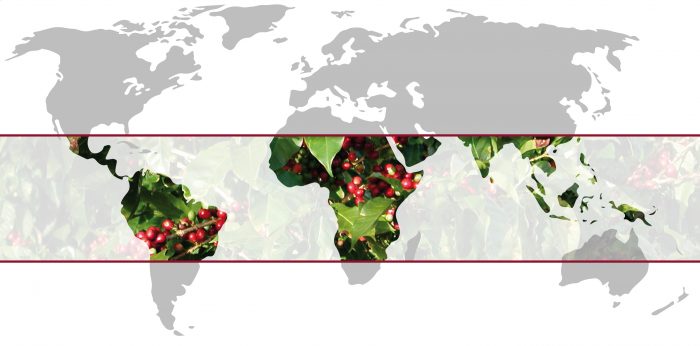
Although both kinds are farmed in many nations today, most Robusta is grown in Central and Western Africa and portions of Southeast Asia, particularly India, Indonesia, and Vietnam. In contrast, Arabica is grown primarily in East Africa and Central and South America.
Taste
Let’s try to understand the reasons why coffee drinkers, like yourself, have a preference.
The reason is pretty damn simple, and it all boils down to taste.
The higher caffeine content, lack of sweetness, and tendency to taste stronger, bitter, and earthy, nutty, and woody overtones make Robusta Beans perfect for espresso to add a lot of kick and flavor to every cup of coffee.
Arabica beans, on the other hand, taste sweeter and fruitier than Robusta, making them more popular than their counterparts.
However, it depends on your mood, your day, and your take on how you want your coffee to taste at that very moment. High-quality Robusta beans can taste just as good as Arabica beans; in some cases, many will enjoy having them more than high-quality Ones.
Robusta beans may have earned a reputation of being lower in quality than Arabica beans, but that certainly isn’t the case. Both beans bring unique flavors to the table. They can be considered suitable for coffee drinkers who prefer extra caffeine and a stronger taste, but it would be unjust to claim they are low-quality as it would be closer to the truth.
Plants, cultivation, and cost
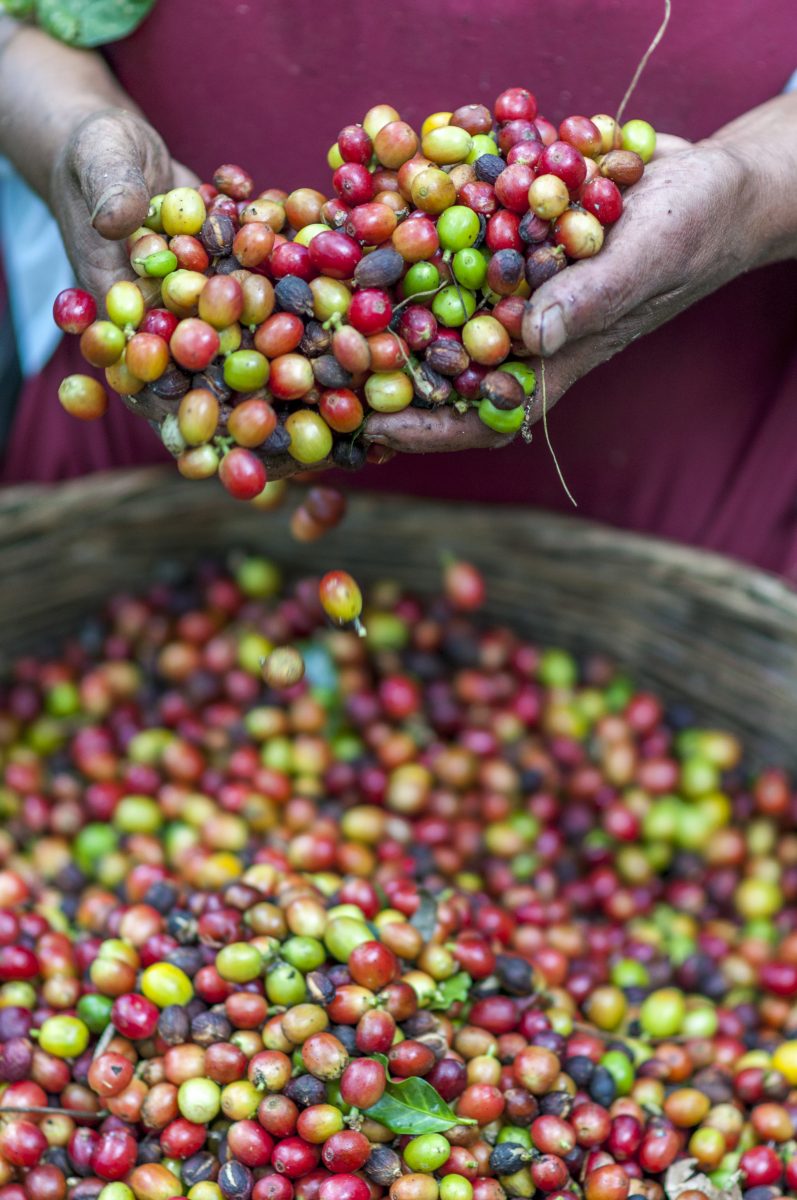
For most coffee drinkers, the Arabica coffee bean is considered the most popular because of its smoother, lighter, and softer taste which is easy for people to enjoy. Brazil and Latin America is currently the largest producer of Arabica coffee, while Vietnam is leading the way for Robusta coffee.
The altitude
A higher attitude is preferred for growing these beans which are more vulnerable to pests and are generally difficult to nurture and harvest. In addition, the plants grow to around 15 feet and do not provide high yields. For these reasons, it requires more harvesting on the part of the producer to get the desired amount of coffee needed to brew.
Robusta beans are not as popular or consumed as Arabica beans due to their bitter taste. However, they are cultivated at a lower altitude and are popularly grown in the Eastern Hemisphere in countries like Africa, Indonesia, and Vietnam. Vietnam produces the highest number of Robusta plants.
Robusta is easier to cultivate as the plants themselves are not susceptible to pests and diseases. They can grow 20 feet tall without requiring constant attention and care like the plants of Arabica beans. Robusta plants also provide a higher yield making them more efficient to cultivate.
Robusta blossoms need to be pollinated with pollen from a plant with different genetic makeup. Arabica’s self-pollinating.
What is more expensive?
Arabica coffee beans fetch a higher price than Robusta coffee beans. This is largely due to the difficulties in growing and harvesting and the demand for Arabica beans. Think of McDonald’s serving their coffee to millions of people, and they use Arabica. Robusta produces fruit in around 2 years. Arabica takes around 4 years.
Caffeine content
Apart from the differences between the plants and the cultivation, Arabica and Robusta beans contain different levels of minerals and chemical compounds.
For example, the caffeine content in Robusta beans is higher than in Arabica beans. The caffeine content in Robusta beans is 2.7% compared to 1.5% in Arabica beans. This will make you understand why Robusta is tailor-made for people who love a hearty caffeine boost first thing in the morning.
Sugar content
The caffeine content between the two is not the only difference between the beans. Arabica beans have 60% more lipids and approximately double the number of natural sugars compared to Robusta. This can impact the taste of coffee, which will be discussed later in this article.
Antioxidant content
Many people are aware that coffee, in general packs contains many healthy antioxidants. However, not many know that the antioxidants can vary between coffee species. For example, Arabica beans only have about 5.5-8% Chlorogenic acid, while the content of CGA in Robusta beans is 7 to 10%.
As can be seen, the chemical makeup of these coffees and the results they can give us is quite distinct from each other.
Shape
Robusta beans are much more circular, while Arabica is much more oval.
Plant Height
Arabica normally grows between 2.5 – 4.5 meters, 8.20-14.76 feet in height compared to 4.5 – 6 meters, 14.76-19.68 feet in Robusta.
Chromosomes
Robusta contains 22 chromosomes, while Arabica contains 44.
Cross-pollination is required
This means that robusta blossoms must be pollinated by pollen from a different plant with a different genetic composition. Arabica is a self-pollinating plant.
Faster maturation
Robusta bears fruit in around two years. It takes about 4 years to grow Arabica.
More resistant
The robusta plant is hardier, can survive higher temperatures, and performs better in direct sunlight. In addition, robusta is more pest and disease resistant than arabica due to its higher caffeine and chlorogenic acid levels.
Where are the beans used?
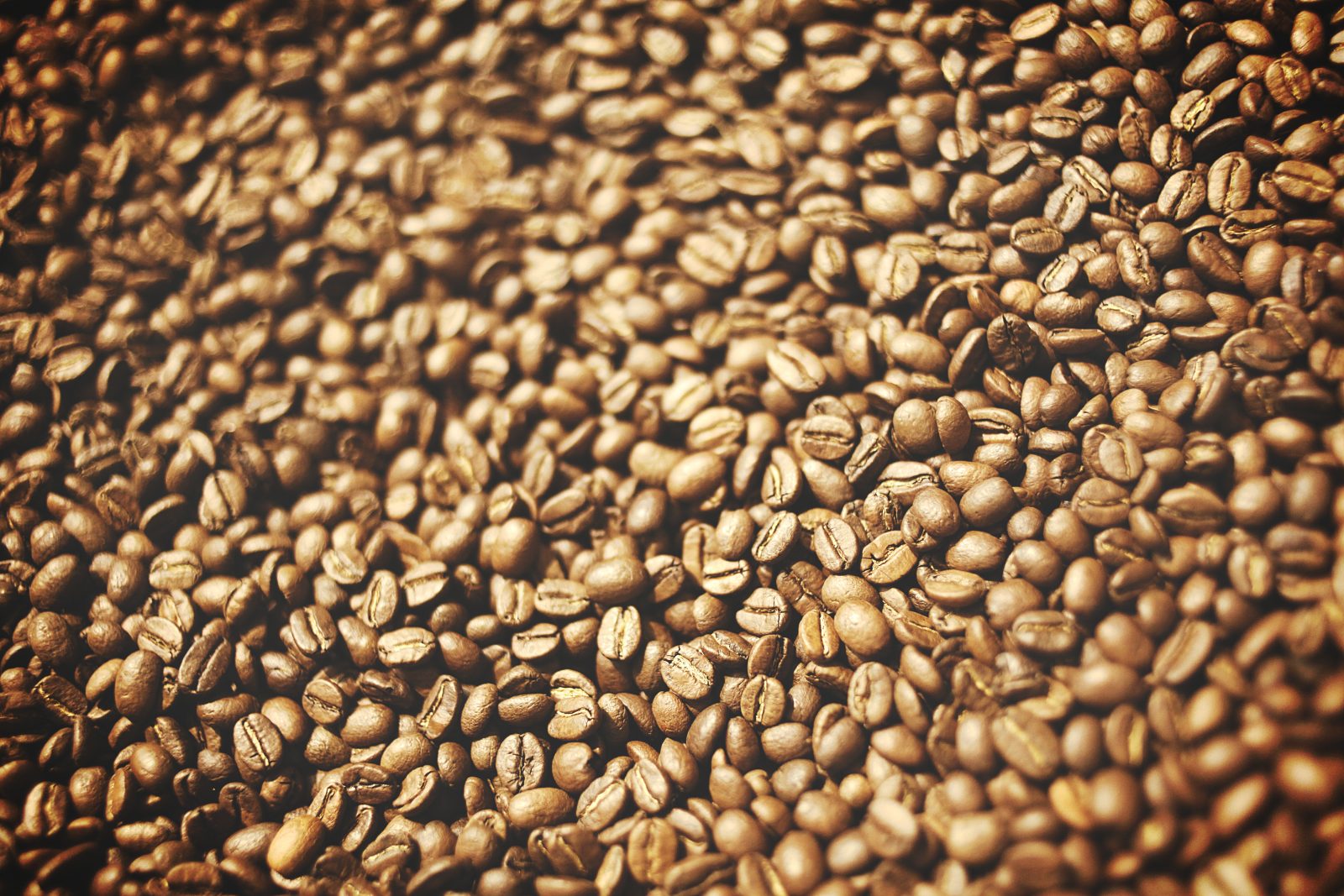
If you begin reading the fine print of the beans you find in your local coffee shop, you will notice that most of them are Arabica coffee. Many coffee roasters boast that their beans are 100% Arabica as a badge of honor.
Arabica is the most popular variety of beans used in coffee, but it does not indicate that Robusta beans haven’t made a place for themselves in the coffee world. You will likely find a mixture of Arabica and Robusta beans in many espresso shops, especially Italian roasts. Robusta beans can also be found in coffee with higher caffeine content.
Robusta beans are exclusively used in the production of instant coffee. Instant coffee is a readily available caffeine fix helpful for users who are not concerned about favor making Robusta the instant go-to beans.
Wrapping Up
Arabica and Robusta bring something unique to the world of coffee and should be recognized accordingly. If you’re a coffee lover looking forward to expanding your palate, it would be worthwhile to try both beans.
Consider these primary characteristics when you drink either of them.

Editorial Staff
The editorial staff at Crazy Coffee Crave is a team of coffee enthusiasts & Baristas who enjoy the one thing we all think about as soon as we get up in the morning. Trusted by thousands of readers worldwide.




